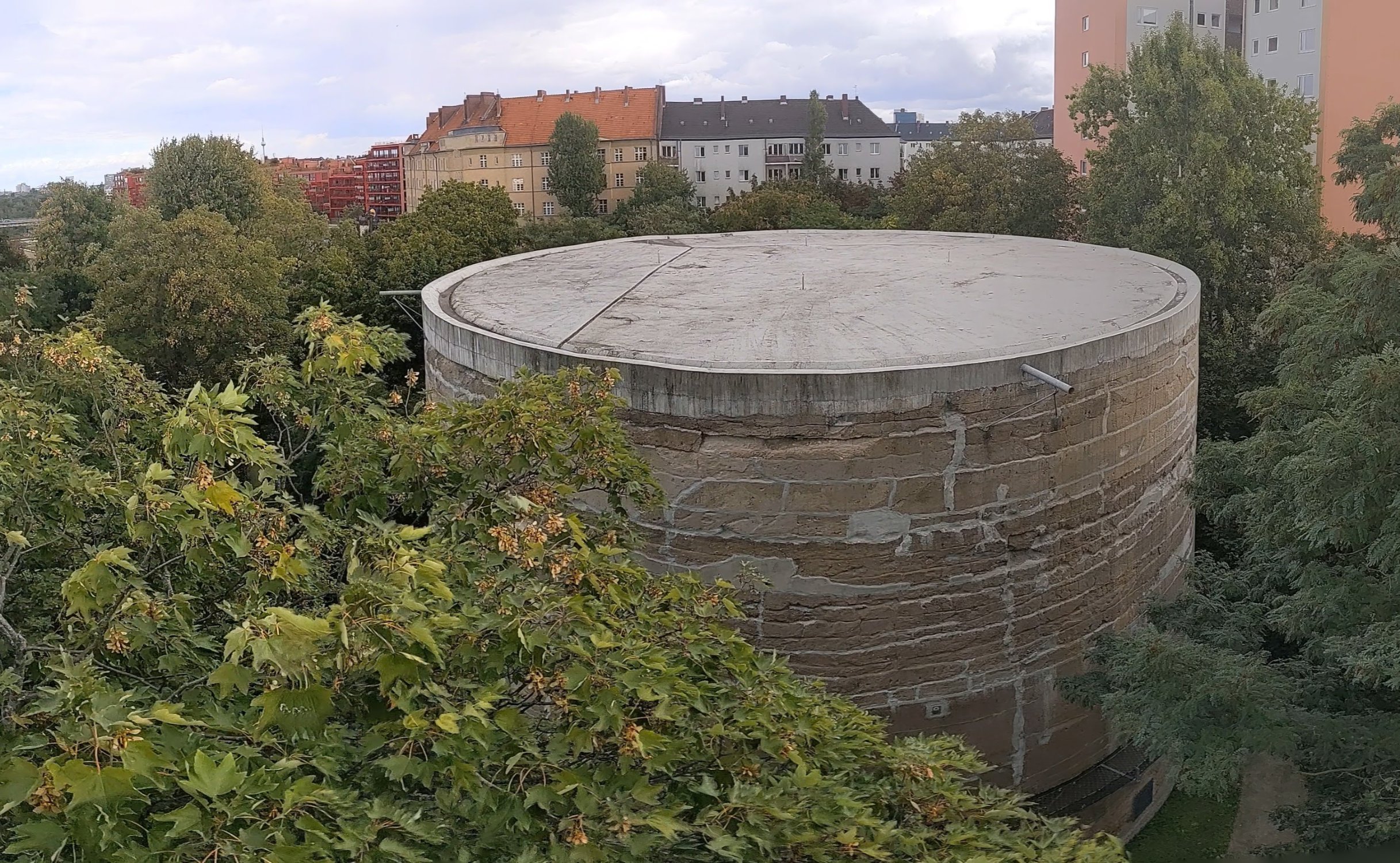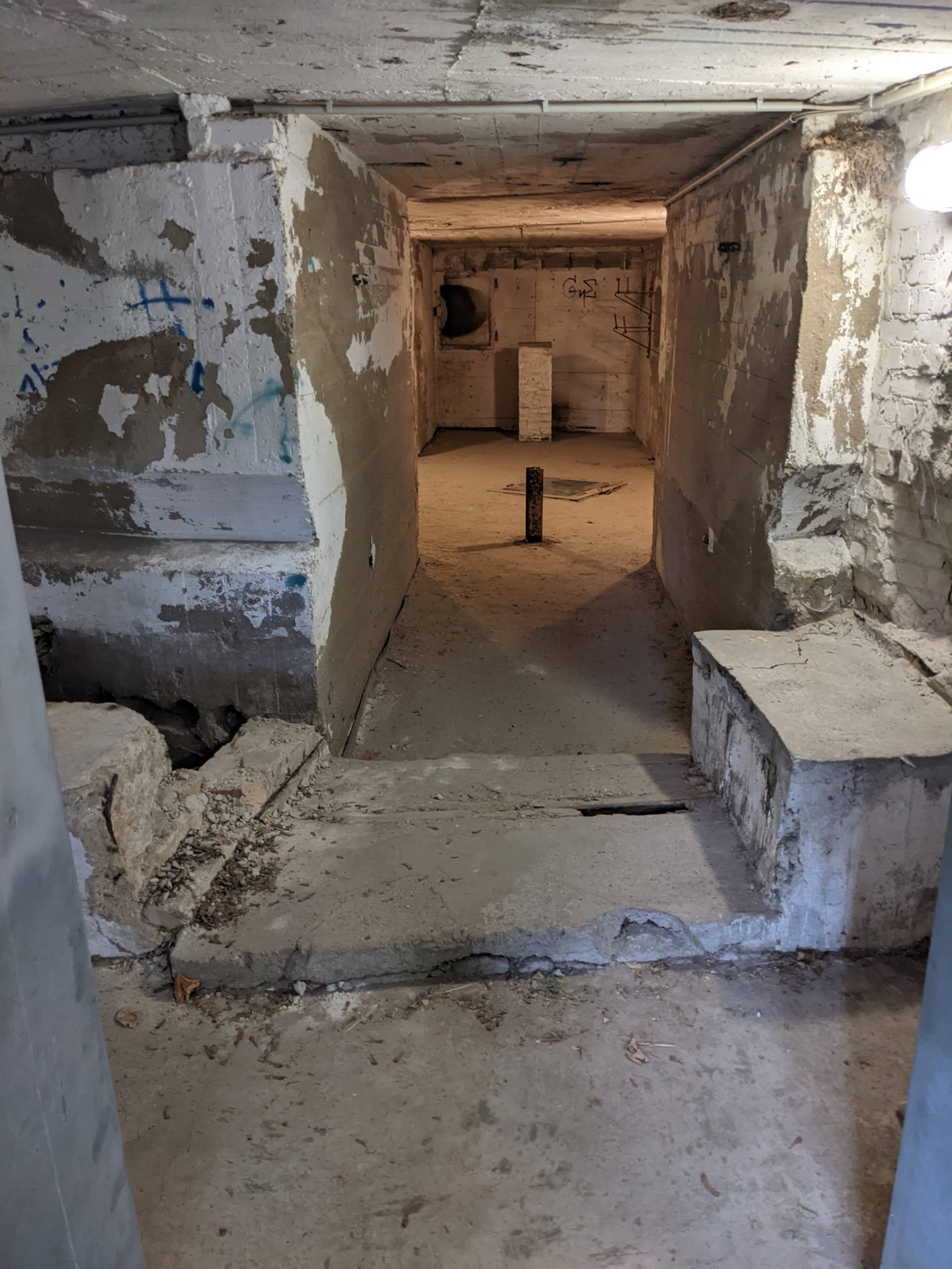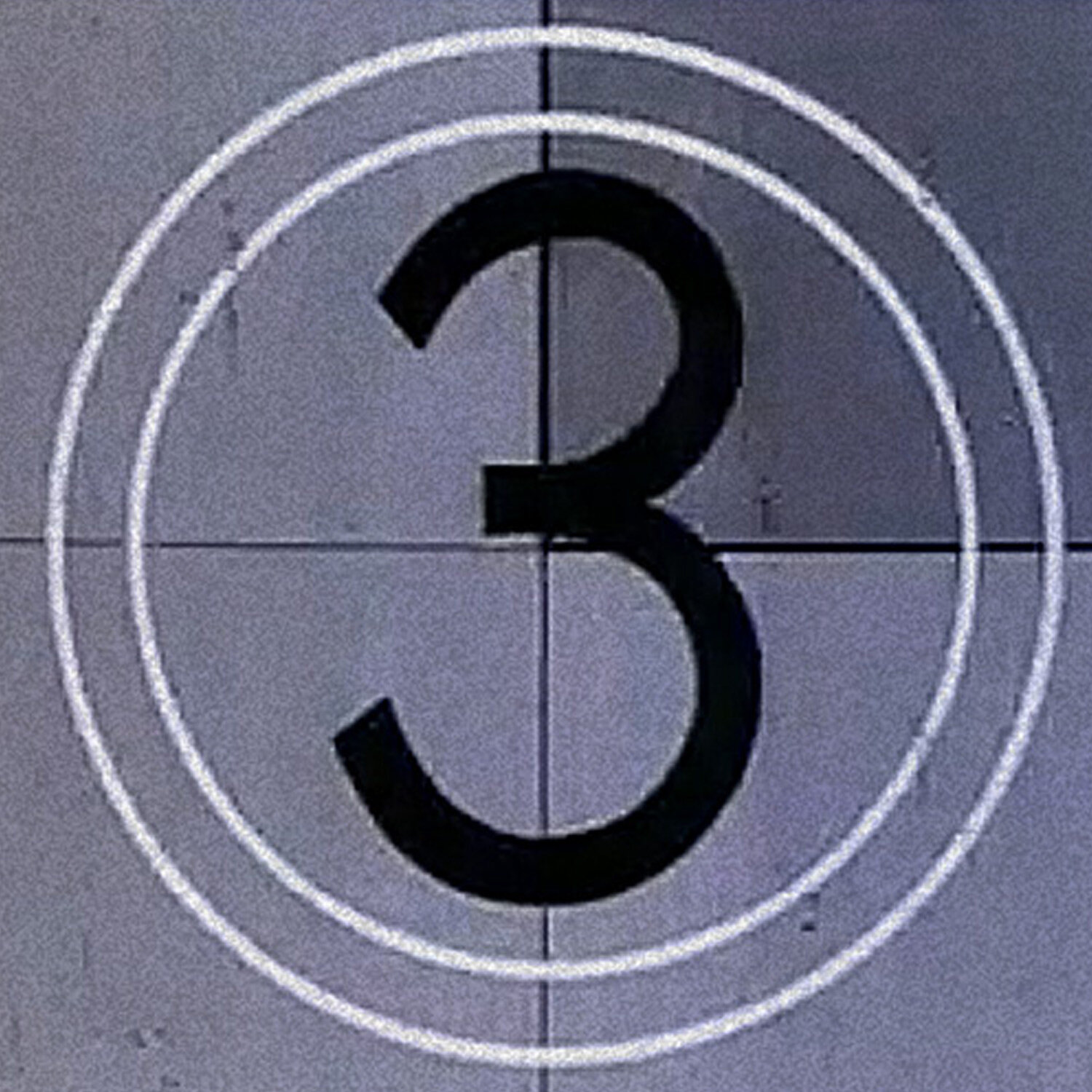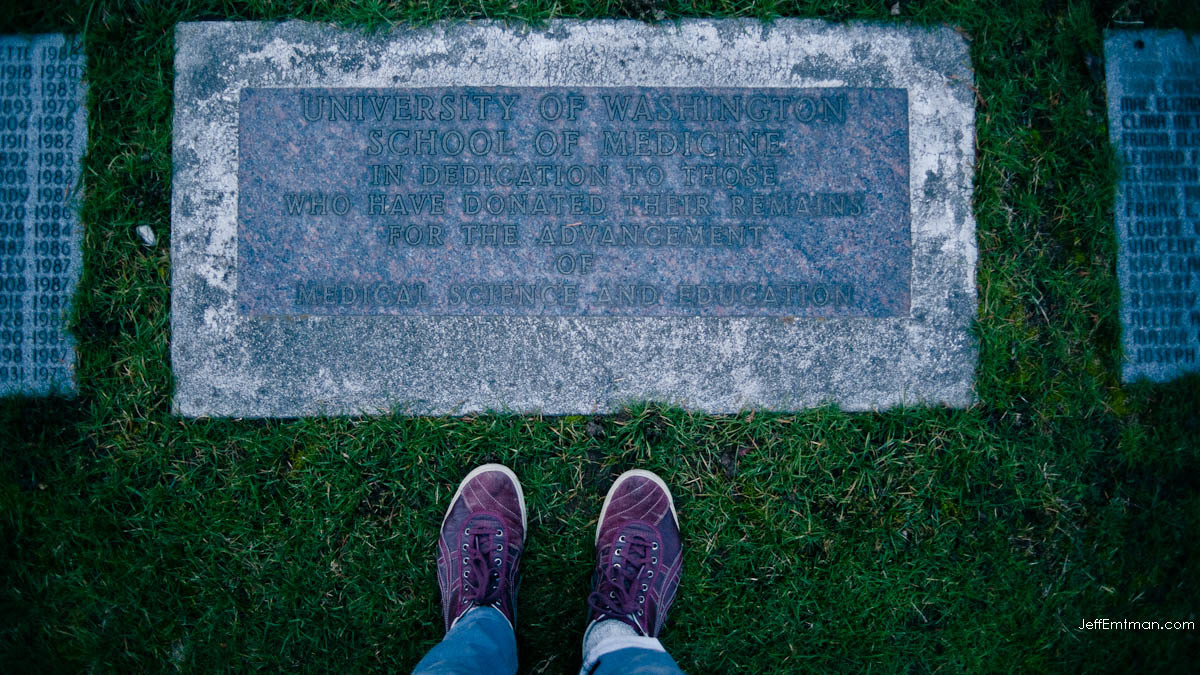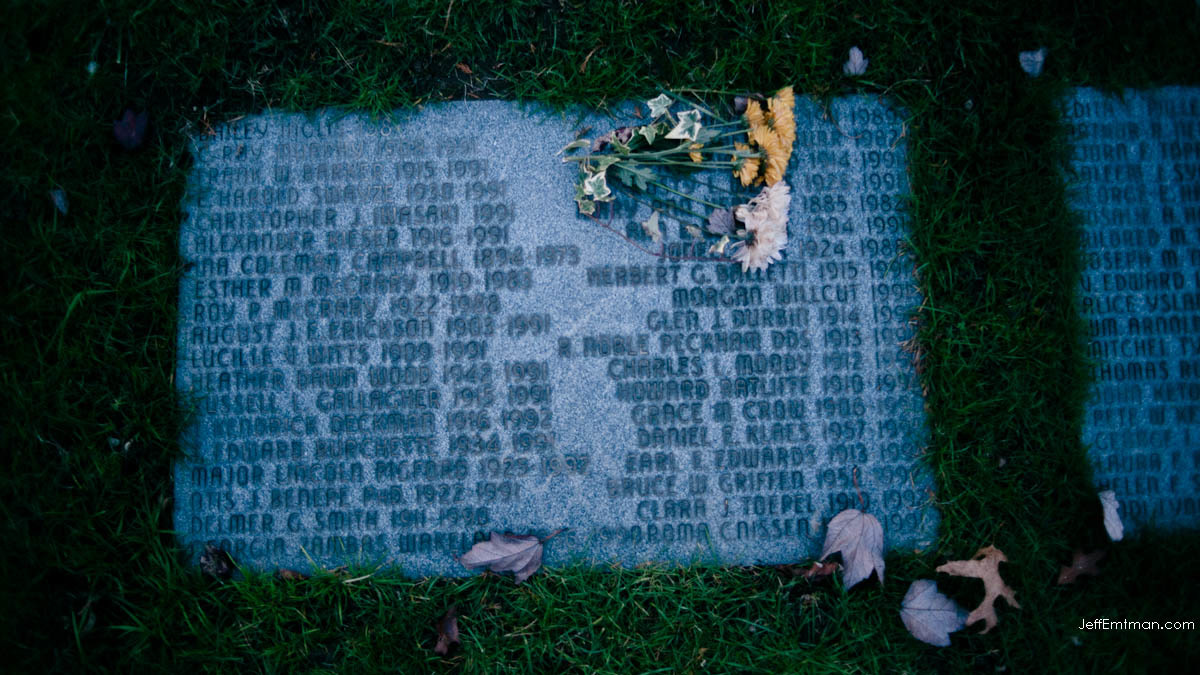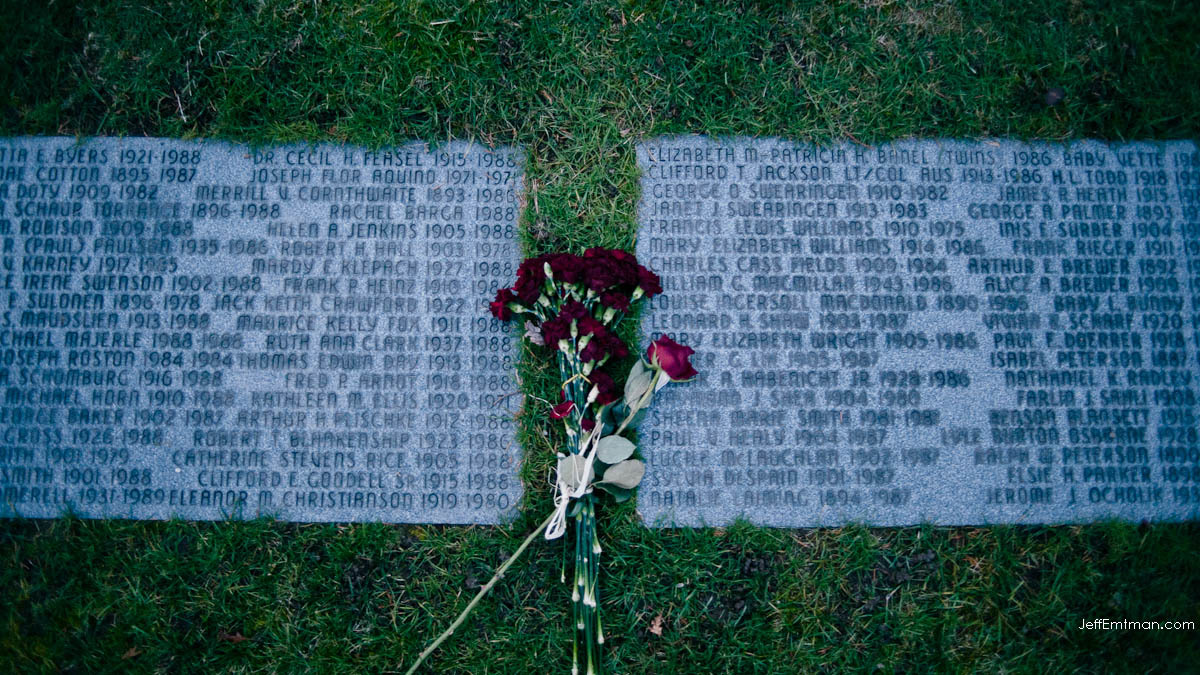HBM156: Heavy Load-Bearing Body
/Four model cows examine a depression in the ground. Digital Render by Jeff Emtman.
Berlin’s Schwerbelastungskörper is a massive concrete structure that, today, is hidden in plain sight between a railroad and an apartment building. It’s one of just a dozen remaining pieces of Nazi Architecture in Berlin. And it’s not much to look at. It was built in 1941 as a test structure for a triumphal arch that Hitler wanted to build in that spot.
Content Note: Language and discussion of war / genocide
The Schwerbelastungskörper (“heavy load-bearing body”) is the arch’s test structure. It weighs about 12,650 metric tonnes, or about 28 million pounds, and it’s the equivalent weight of one of the four massive legs of the never-built arch.
This plan was abandoned as World War 2 accelerated. And the structure remained, slowly sinking into Berlin’s marshy soil, providing proof of the arch’s impossibility.
In this episode, HBM host Jeff Emtman visits the Schwerbelastungskörper, records some impulse responses in the structure’s single room and reflects on his discomfort in finding beauty in another Nazi structure nearby, Tempelhof Airport (now a public park and refugee camp).
Also mentioned on this episode: The Berlin Airlift, Austrian Tyrol, The Little Mermaid (1989), and Der Herr Der Ringe (Lord of the Rings movies dubbed in German).
Here Be Monsters is an independent podcast supported by listener donations. If you’d like to make a small monthly contribution, visit patreon.com/HBMpodcast.
Registration for the Here Be Monsters Art Exchange is open until November 10th, 2022.
Sign up here: https://HBMpodcast.com/art/
Producer: Jeff Emtman
Music: The Black Spot



